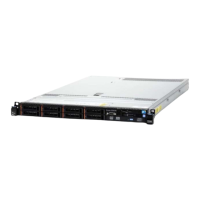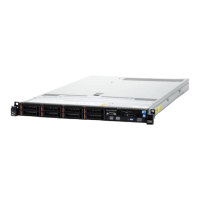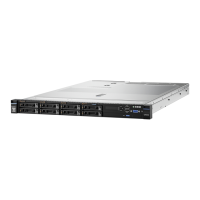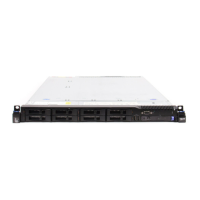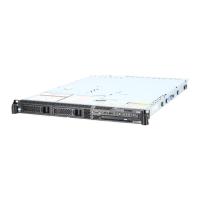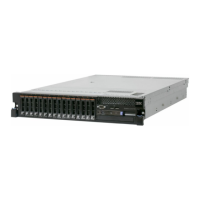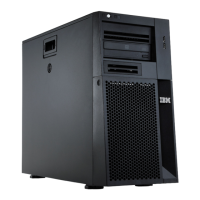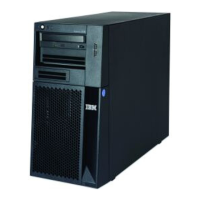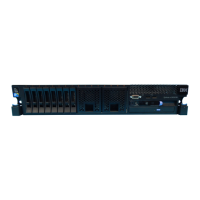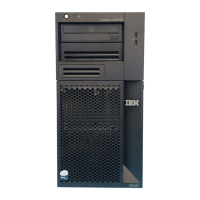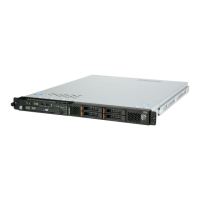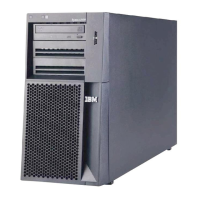IBM System x3550 M3 11
Processor options
Features of the Intel Xeon 5600 processors used in the x3550 M3 include:
Intel QuickPath Technology (QPI), a platform architecture that provides high-speed (up to 25.6
GBps), and point-to-point connections both between processors and between processors and the I/O
hub. Each processor has its own dedicated memory that it accesses directly through an Integrated
Memory Controller. In cases where a processor needs to access the dedicated memory of another
processor, it can do so through the high-speed QPI that links all the processors.
Turbo Boost Technology dynamically turns off unused processor cores and increases the clock speed
of the cores in use. It will increase the frequency in steps of 133 MHz (to a maximum of three steps or
400 MHz) as long as the processors’ predetermined thermal and electrical requirements are still met.
For example, with three cores active, a 2.26 GHz processor can run the cores at 2.4 GHz. With only
one or two cores active, the same processor can run those cores at 2.53 GHz. All Xeon 5600
processors support Turbo Boost with the exception of L5609, E5607, E5606, and E5603.
Intel Hyper-Threading Technology, which boosts performance for multi-threaded applications by
enabling simultaneous multi-threading within each processor core, up to two threads per core.
Hyper-Threading reduces computational latency, thereby making optimal use of every clock cycle. All
Xeon 5600 processors support Hyper-Threading Technology with the exception of L5609, E5607,
E5606, and E5603.
Intelligent Power Capability powers individual processor elements on and off as needed, to reduce
power draw.
Execute Disable Bit functionality can help prevent certain classes of malicious buffer overflow attacks
when combined with a supporting operating system.
Intel Virtualization Technology integrates hardware-level virtualization hooks that allow operating
system vendors to better utilize the hardware for virtualization workloads.
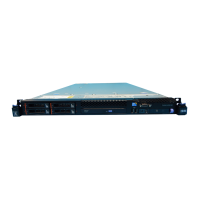
